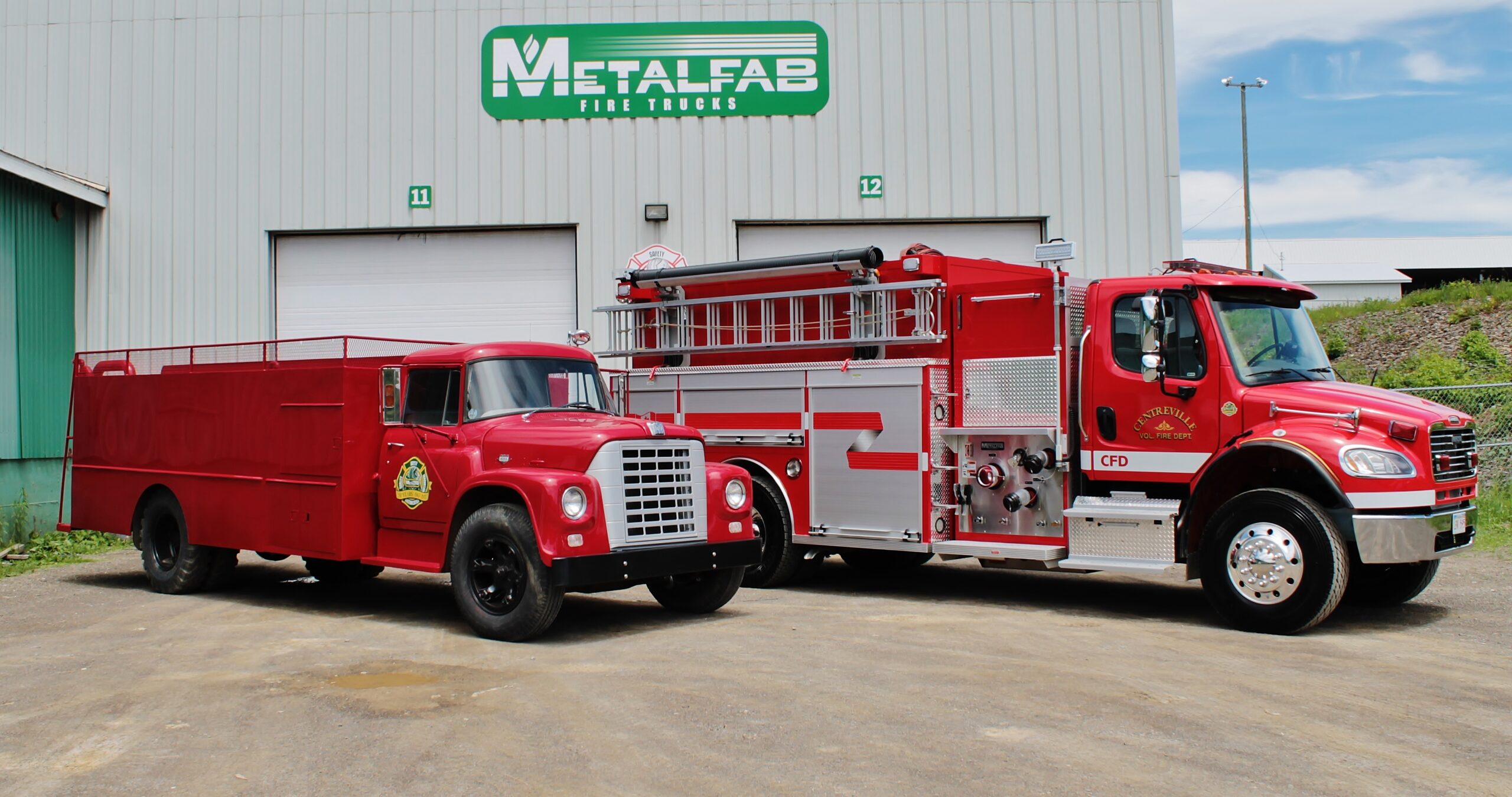
Tips for Preparing to Purchase a New Fire Truck during Current Supply Chain Issues

By now, most of us have heard that the global supply chain has taken a major hit, starting with the COVID-19 pandemic lockdown and moving into problems with shipping bottlenecks. That problem started when cargo ships—filled with toys, clothing, electronics, and furniture from Asia—were ordered by consumers who were unable to purchase from suppliers in North America. This situation made it extremely difficult to ship other necessities—like fire truck parts—across the ocean in a timely manner without encountering extreme competition and exorbitant freight costs.
Some economists are forecasting that this will have an impact on many facets of the supply chain that could last through 2023. So far, these challenges have resulted in completion and delivery delays for nearly all of our units.
We define a supply chain as the entire process of making and selling commercial goods, which includes everything from the supply of materials and the manufacture of the goods to distribution and sale. This consists of many components that range from manufacturing sites and warehouses to transportation, inventory management, and order fulfillments.
It’s been noted that what these pandemic and shipping issues have done is put a spotlight on any weaknesses in the supply chain and made those conditions worse. Add to this skyrocketing freight costs, delayed shipments, and the sharply rising cost of oil and you can see how this has led to higher costs for virtually all categories of commodities.
One of the bigger challenges currently being faced in the supply chain breakdown is linked to the electronic components that power our modern fire truck technology, things like semiconductors, computer chips, and other small electronic components. Adding to this problem is the fact that most of the semiconductors come from overseas with only 12% being produced in North America, creating a precarious foreign dependency. During our builds, our chassis suppliers need to install computer chips before they can ship us the chassis for each unit, creating a substantial bottleneck.
Presently, some issues seem to be improving, though they are not disappearing right away. In the meantime, fire trucks will continue to need scheduled replacement due to accidents or other failures.
If your department needs to purchase a fire truck during these difficult times, here are a few tips and facts to keep in mind:
Start Early
Most manufacturers are running between 12 to 24 months from receipt of order to delivery of the completed unit, depending on the chassis and type of apparatus. If you are looking for a unit in the next two years, it’s best to start right away in order to stay on schedule.
Be Flexible
During a build, some parts and pieces may have a longer delivery time than others, which, in turn, could affect the delivery time of your truck. Make sure to consult with your manufacturer in regard to whether or not there are any replacement parts that might have a quicker turnaround. For instance, equivalent lights from a different manufacturer could perform the same job and may arrive sooner.
Budget High
Prices for fire trucks are extremely unpredictable right now because they are made up of many different components—chassis, lights, tanks, pumps, plumbing, etc. These parts may have price increases that could affect the cost of the truck. When obtaining quotes from manufacturers, be sure to pad your budget a bit to account for possible increases. Manufacturers try their best to foresee increases in pricing, but sometimes unforeseen circumstances come up that affects the price of the unit. For example, three months after a quotation is given, a chassis price increase is released which affects the purchase price of your unit. It’s important to remember that most manufacturers will maintain pricing as per contract, so once you sign a contract, your quoted price will not be affected by external increases. However, do be aware of clauses in the contract that may allow increases in pricing after you’ve already signed.
Demo/On–Ground Units
For quicker delivery, you may want to consider on-ground or demo units, but be cognizant of the following restrictive conditions:
- These are in extremely short supply.
- They are sold on a first-come, first-buy basis.
- The purchaser may have to sacrifice some required options that aren’t available on a demo unit.
- There may be additional add-ons that are required for your department at an additional cost. This includes items like storage components with shelves, trays, etc.
- Plumbing fittings will need to be changed to meet the local threads.
- Heaters, heat pans, and various winterizing options may have to be added.
- Demo units may be a different color than the rest of your existing fleet.
While many of us are still experiencing challenges and difficulties, we do recommend planning ahead to ensure a timely delivery for your new fire truck. In the meantime, Metalfab is adapting our production schedule daily to account for supply chain challenges and investing in innovative products to better support first responders.
